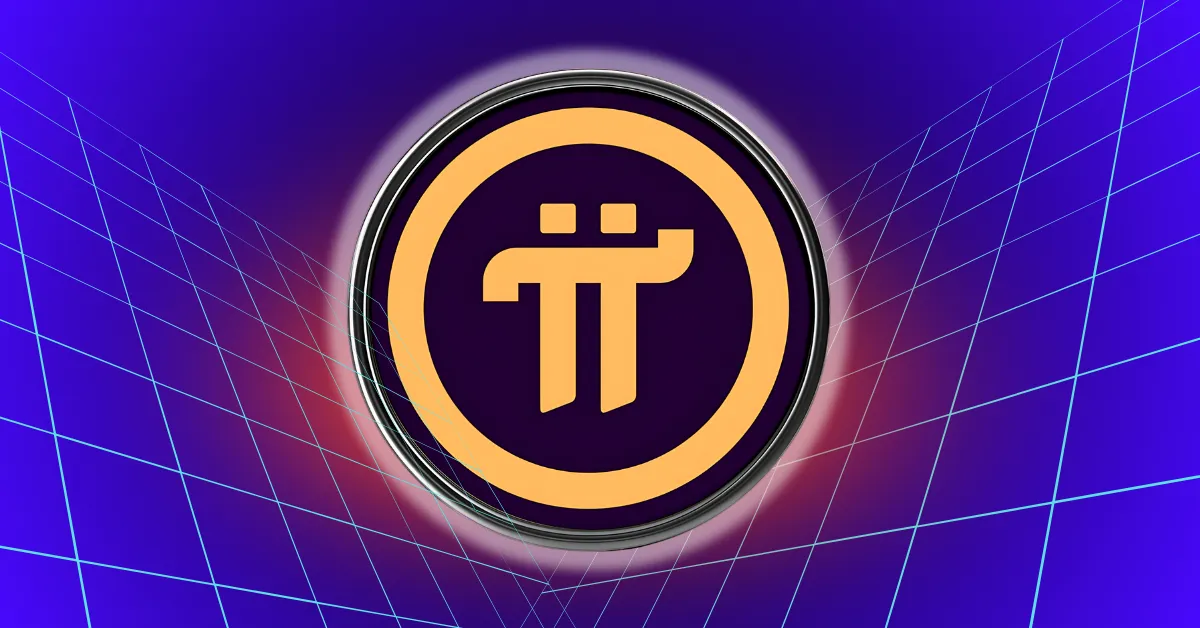
Cryptocurrency has revolutionized the way people think about money, promising decentralization, innovation, and new opportunities for financial inclusion. Among the many projects emerging in this space, Pi Network has drawn significant attention by offering a mobile-based mining experience designed to lower the traditional barriers of entry. Launched by Stanford graduates, Pi Network attracted tens of millions of users worldwide with the promise of earning digital currency via a smartphone app. Yet, as Pi gears up for its open mainnet launch, questions about the platform’s transparency, technical readiness, and overall viability have come to the forefront, making it a captivating case study in the complex interplay between hype, community-building, and the harsh realities of blockchain technology.
One of the most striking aspects of Pi Network’s trajectory is its sheer scale of user acquisition. The platform boasts over 70 million registered users spanning more than 200 countries. This global reach is largely fueled by its novel approach: allowing users to mine cryptocurrency through a simple mobile app without the need for expensive hardware or advanced technical knowledge. This radically lowered entry barrier brought cryptocurrency mining into the palms of everyday people, tapping into the social and viral nature of smartphone applications. However, the impressive headline figures mask deeper discrepancies. While millions have signed up, the number of active wallets and genuine transaction volumes remains disappointingly low. This gap fuels skepticism about the authenticity of user engagement and calls into question how many participants are truly invested beyond mere curiosity or speculative interest.
The leap from a conceptual community to a fully functioning decentralized network is critical, and Pi Network’s transition toward its open mainnet is a litmus test for its long-term sustainability. The migration process, designed to move mined coins onto an operational blockchain, has been fraught with technical difficulties. Early adopters, known as “Pioneers,” face mounting pressure to complete Know Your Customer (KYC) verification amid strict deadlines, with only about 8 million of the claimed user base having fulfilled this requirement so far. The project aims to reach at least 15 million KYC-verified users to proceed smoothly, yet delays and ongoing technical problems suggest that hitting this milestone may not be straightforward. Failure to complete migration risks invalidating users’ holdings, raising the specter that Pi might be more hype than actual cryptocurrency. Such operational challenges reveal the delicate balance between executing ambitious blockchain visions and managing user expectations in a rapidly evolving environment.
Further complicating the picture are concerns around security, tokenomics, and the integrity of the project’s communication. The Pi Network team has warned users about impersonators and scams that exploit the platform’s popularity, emphasizing the need for vigilance through official channels like their dedicated Safety Center. These warnings underscore a broader risk inherent in crypto projects with massive but loosely engaged communities: vulnerability to fraudsters who prey on uninformed or enthusiastic participants. On the economic front, inflationary pressures cast shadows over Pi’s token value. Reports indicate the circulating supply has doubled within one year, a factor that typically dilutes token worth and undermines long-term investment appeal. While announcements such as the establishment of a $100 million fund to support decentralized applications briefly buoyed market sentiment, these gains have been offset by rapid price declines, reflecting investor caution. The opaque nature of the token release schedules and usage metrics adds further fuel to critics’ claims that the project may overstate its achievements.
This confluence of exaggerated user numbers, technical obstacles, security vulnerabilities, and questionable token inflation drives a fierce debate about the legitimacy and future of Pi Network. Detractors argue that despite the promise of mobile mining and community engagement, the project lacks essential elements for a stable and functional cryptocurrency ecosystem. They warn that the current model leans dangerously toward a speculative bubble or even a potential scam, given the difficulty verifying genuine activity and the delays disrupting operational rollout. On the other hand, supporters highlight Pi’s pioneering attempt to democratize crypto mining and urge patience as the project navigates inevitable growing pains. This dichotomy illuminates a broader challenge facing many crypto ventures: transforming viral popularity and mass appeal into durable infrastructure and trustworthiness.
In essence, Pi Network stands at a crossroads between aspiration and realization. Its remarkable achievement of building a vast user base through accessible mobile mining signals a breakthrough in how cryptocurrency might reach the masses. Yet, critical hurdles remain unresolved—technical glitches in mainnet migration, dubious user engagement statistics, inflationary token dynamics, and security threats all cast shadows over the network’s trajectory. Whether Pi can evolve from a viral phenomenon into a genuinely decentralized, sustainable blockchain platform depends heavily on delivering transparent operations, robust technology, and regaining user confidence. For the “Pioneers” who committed time and hope to the cause, this phase demands vigilance and thoughtful consideration as the crypto landscape continues to shift beneath their feet. The truth behind Pi’s promise may still be unfolding, but the stakes could not be higher for both the project and its community.
